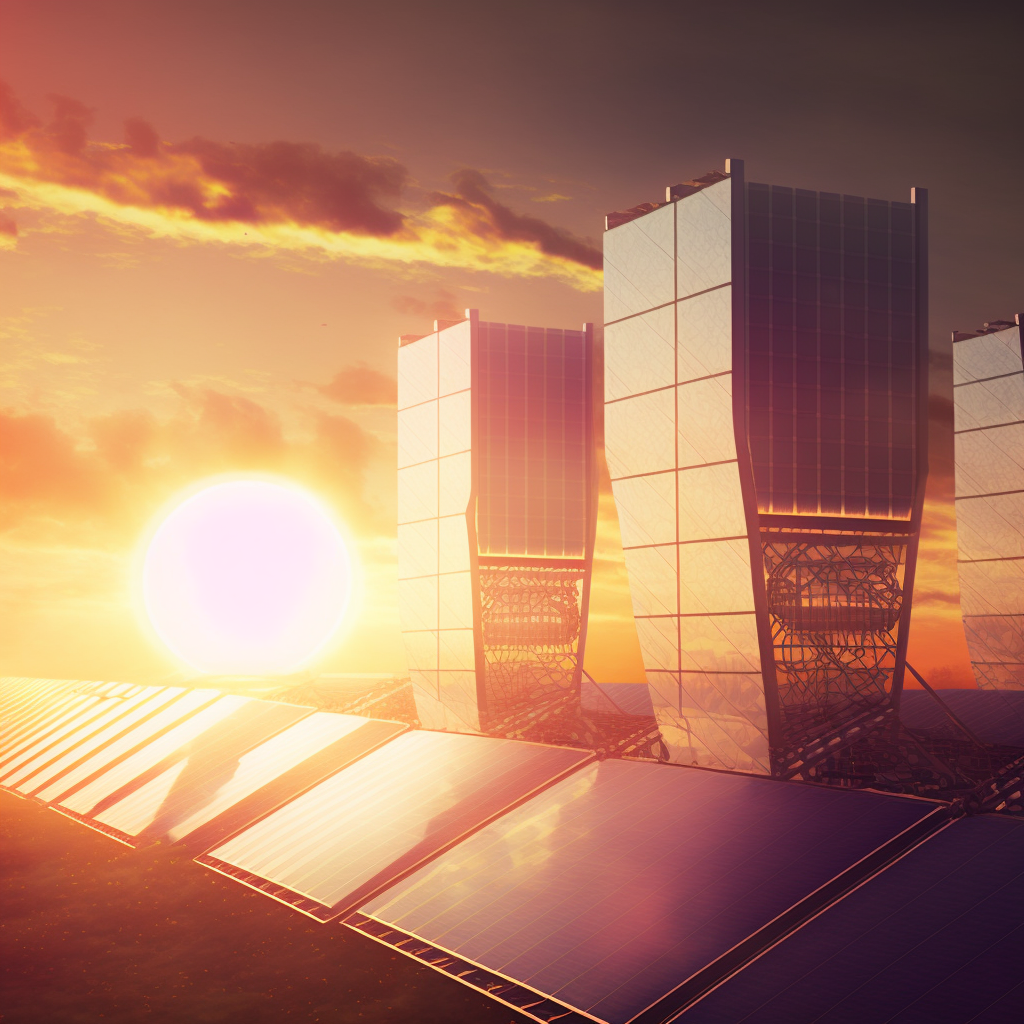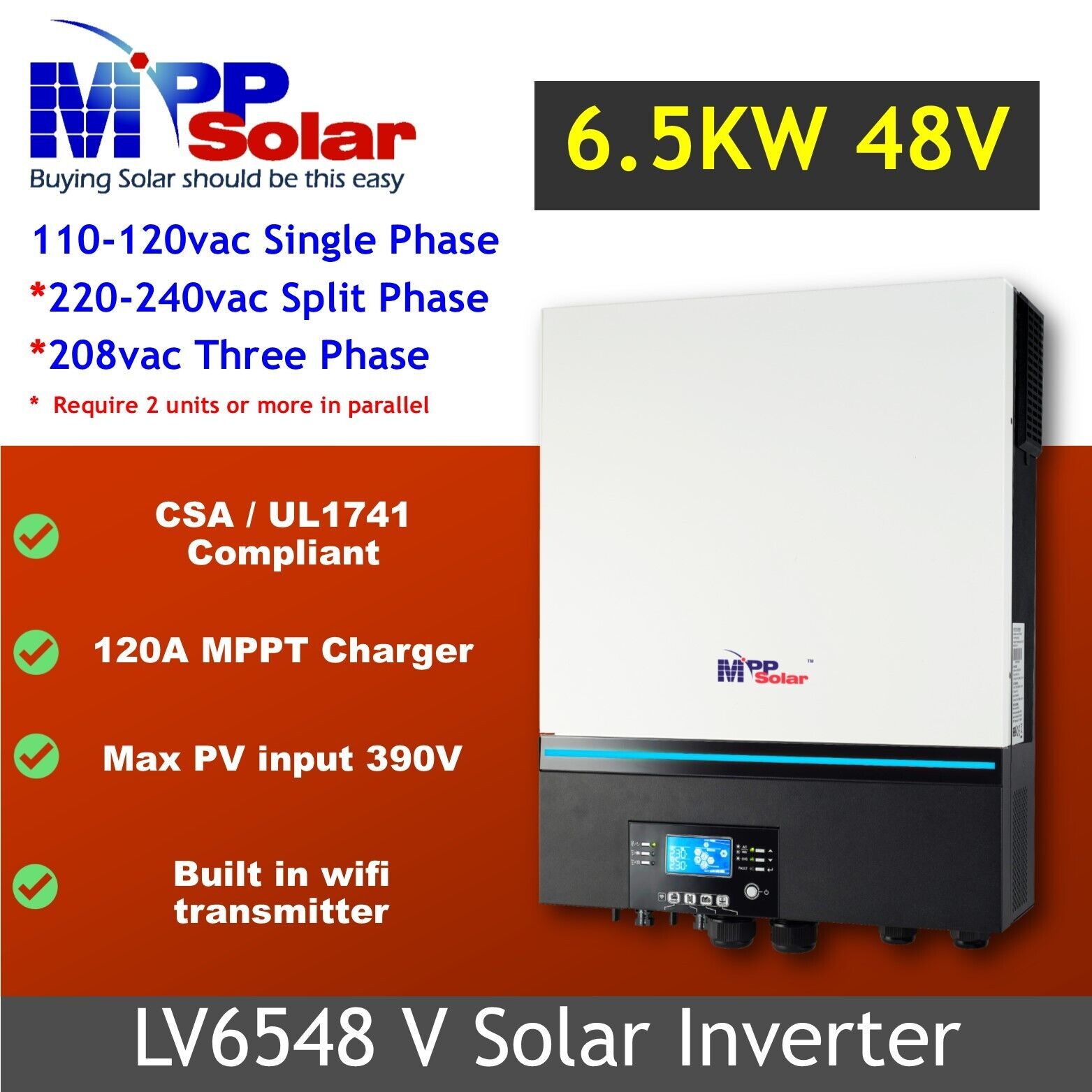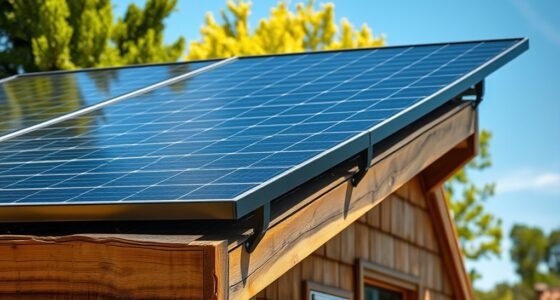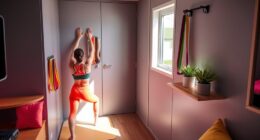The placement of solar panels is significant for several reasons. They benefit from continuous sunlight all year round and produce the highest electricity output when facing north or south. On the other hand, positioning them towards the east or west may not result in as much electricity generation as the north or south orientations. The advantages and disadvantages of orienting the panels in each direction are detailed below.

North-facing solar panels produce the most electricity
The orientation of solar panels will affect the production of electricity. The most electricity is produced by panels that face north. These panels are also more beneficial for the environment because they allow you to shift your electricity demand throughout the day. For instance, north-facing panels can produce more electricity in the morning, while west-facing panels produce less electricity during this time. Before you choose a solar panel for the home, it is important to understand the differences in orientation.
North-facing solar panels perform well on flat roofs. They are not as efficient on steep roofs. A south-facing array can produce as much electricity as one that faces north. Flat roofs can also have north-facing arrays. The difference in performance depends on the angle of the roof and your personal electricity use habits. However, if you spend most of your time at home during midday hours, north-facing panels are best.
For year-round solar production, north-facing solar panels are better. They produce the most power during the midday hours. This is when the majority of people’s energy consumption is lower. To get a credit on your bill, you can sell excess power to the grid. You can export excess electricity to the grid if you have a large solar energy system.
You should consider how much power the panels are producing when choosing an orientation for your solar panel. The sun will provide the most energy at midday if you face the solar panels towards the sun. This will allow you to enjoy the shortest payback time.
The angle at which solar panels are positioned is also important. The sun will usually be in the south-facing part of the sky in most cases. Using the same angle, a 5-kW system will generate a maximum of $1,215 worth of electricity per year in Roseville, CA. For that money, you can buy a solar panel with enough power to power an entire household.
Although south-facing panels produce less electricity, they still produce more electricity in the summer. In Sydney, north-facing solar panels can improve self-consumption and reduce household power bills by 4% or more.
South-facing solar panels receive the most direct sunlight throughout the year
Solar panels should be placed in a way that the sun shines the most often throughout the year to ensure optimal performance. Solar panels that face south will receive more sunlight during winter months and convert more sunlight to energy. This results in higher annual yields.
Although most solar panels are installed on south-facing rooftops, this is not the best place for your home. Solar panels facing east and west will receive less sunlight in winter, because the sun moves from the southern sky towards the northern hemisphere. Solar panels that face south will receive the most direct sunlight throughout the year.
The sun rises and sets in the East and West in the Northern Hemisphere. If you are in the southern hemisphere, your solar panels should face the south so that the sun will be at its highest angle during the day. This will maximize the amount of solar energy that your solar panels will produce, which will ultimately result in savings for you. But there are many other factors that you should consider before choosing which solar panels to install.
It is up to you whether your solar panels face north or south. Your latitude and the location of your solar panels will determine the best orientation. The optimal angle for solar panels is 60 degrees in the winter and 30 degrees in the summer. However, the exact angle depends on where you live and on what day of the year you’re installing them.
It is best to place solar panels south-facing in the northern hemisphere. This will give them the most direct sunlight during the winter and most sunshine throughout the year. The optimum direction will also depend on where you live and where your roof is located.
Aside from solar panels’ orientation, it is important to consider the latitude of your location. This will affect the angle at which your solar panels receive sunlight. The ideal angle is between 30 and 45 degrees in the northern hemisphere. This will help maximize the amount of electricity produced.
East-facing solar panels produce less electricity
East-facing solar panels produce less electricity than panels facing south. Because the sun is in the south most of the year, this is why solar panels facing east produce less electricity. Similarly, panels angled to the east or west produce less electricity than their due-south counterparts. Nonetheless, these panels still generate some electricity during the day.
If your east-facing roof has solar panels, you can place them on the ground. Before installing solar panels, however, you need to clear your yard. In addition, east-facing panels aren’t likely to get significant shade during the day, so you should plan accordingly. Ground-mounted systems are generally more expensive than rooftop systems, but they offer more flexibility in placement. This way, you can choose the orientation that works best for your home.
A solar panel facing East generates electricity at sunrise. However, most people do not leave their homes at that time. As a result, electricity use drops in the early morning hours. This is because people still work or go to school. Additionally, the early morning loads of laundry and air conditioner are not very demanding.
If you live in an area where electricity costs are highest in the afternoon, a west-facing panel will be more effective. It also provides more power at night. For households that are not home during the afternoon, west-facing solar panels can provide electricity throughout the day. If you aren’t at home during those times, you can choose an east-west panel instead. It will provide you with a steady supply of power during peak hours when demand is high.
However, east-facing panels can be less efficient than those facing west. In some cases, they produce 20 percent less electricity than their counterparts when facing south. This difference is not significant if you live in an area with lots of sun. But if other factors in your area are affecting solar efficiency, it might be an issue.
Although east-facing solar panels produce less electricity overall, they produce more electricity in the morning. They can also help households that use a lot of electricity in the early morning hours.
West-facing solar panels are more economical
When choosing a solar panel, it’s important to consider its location. If the sun is to the west of your house, the panels will collect more sunlight during the day. Although it may seem like facing westwards is the best option, this is not always true. The optimal angle of a solar panel depends on where you live and how much electricity you typically use.
Solar panels facing eastward are generally less expensive than those facing west. In fact, a west-facing solar panel may produce more energy than an east-facing one. The opposite is true if the panels are located north. During peak hours, solar panels facing west will produce more electricity. This will allow you to use more renewable energy and generate less pollution than a solar panel facing east.
Generally, east and west-facing solar panels will produce less electricity than north-facing ones, but they produce more electricity in the afternoon. Their peak output is reached about one-half hour after noon and just before sunset. This makes them more beneficial for homes with high summer air conditioning demands and to those who are out of the house at sunrise and sunset.
West-facing solar panels can provide more energy than south-facing ones, but they’re not necessarily more efficient. A south-facing solar panel can be more effective in terms of energy production and save homeowners more money. The sun rises in the east and sets in the west. The sun moves across the southern sky during the day, meaning a south-facing solar panel will receive more sunlight throughout the day. And because more sunlight means more energy generated, more savings will benefit consumers.
Installing panels at lower angles can be counterproductive as snow won’t slide off the array. This can result in lower electricity production during long periods of snow cover. If you are concerned about the cost, it is possible to install solar panels at lower angles.
Hi, I’m Emma. I’m the Editor in Chief of Tiny House 43, a blog all about tiny houses. While tree houses are often associated with childhood, they can be the perfect adult retreat. They offer a cozy space to relax and unwind, surrounded by nature. And since they’re typically built on stilts or raised platforms, they offer stunning views that traditional homes simply can’t match. If you’re looking for a unique and romantic getaway, a tree house tiny house might just be the perfect option.










